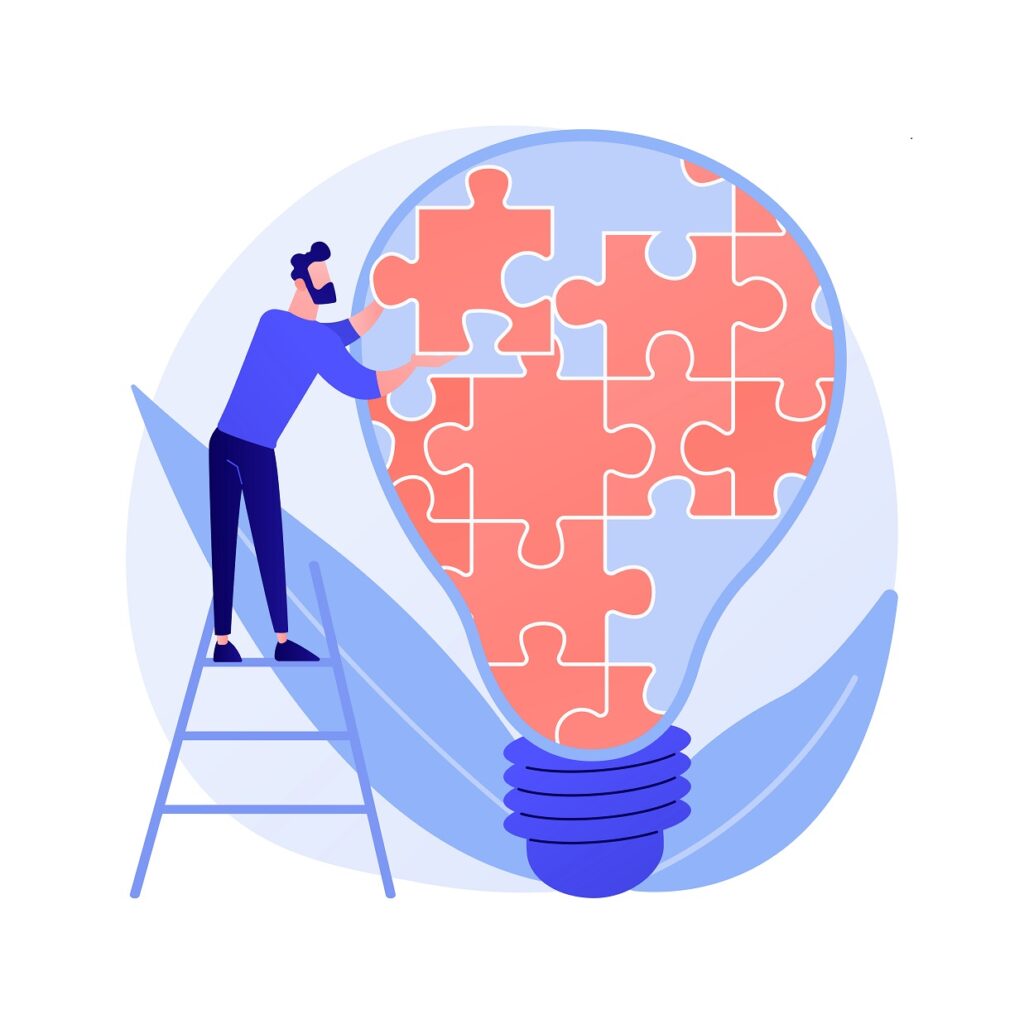Data Science vs. Data Analytics: Choosing the Right Career
The choice between data science and data analytics can be important when deciding on a career in the data industry. Data science and data analytics are two separate career paths, each with its own prospects and difficulties. In order to gain insights, create prediction models, and arrive at wise conclusions, data scientists must work with massive, complicated datasets. It necessitates a solid background in programming, machine learning, statistics, and mathematics. Deep learning and artificial intelligence are two examples of cutting-edge methods that data scientists use to solve complicated issues and encourage innovation.
Data analytics, on the other hand, focuses on examining data to find patterns, trends, and linkages. In order to deliver useful insights, it entails dealing with structured databases, statistical analysis, and visualisation approaches. Data analytics requires a strong understanding of data manipulation, statistical analysis, and data visualisation even though it may not require as much technical know-how as data science. Your interests, abilities, and professional goals will play a big role in your decision between data science and data analytics. Data science can be for you if you have a flair for delving deeply into complicated issues, creating state-of-the-art algorithms, and utilizing cutting-edge technology.
People who want to have an effect in the data-driven world have access to interesting prospects because both data science and data analytics are in high demand.
20 key points highlighting the distinctions
Data Analytics:
- Data Analytics Analyses data with a focus on finding patterns, trends, and insights.
- Data Analytics works largely with well-defined, structured datasets.
- Data Analytics employs techniques for data mining, visualisation, and statistical analysis.
- Emphasises the use of descriptive and diagnostic analytics to comprehend both historical and present-day data.
- Data Analytics aims to offer practical insights for decision-making and business process improvement.
- Data Analytics utilises resources such as SQL, Excel, and specialised analytics software.
- Data Analytics is essential to supply chain management, marketing, finance, and other fields.
- Data Analytics concentrates on interpreting, visualising, and summarising data.
- Data Analytics aids in the identification of trends, consumer trends, and market opportunities.
- Data analytics processes are improved, and operational effectiveness is increased.
Data Science:
- Data Science: combines methods from the fields of statistics, arithmetic, computer science, and domain expertise.
- Data Science deals with text, photos, and sensor data, as well as structured and unstructured data.
- Data Science incorporates cutting-edge methods including AI, deep learning, and machine learning.
- Data Science focuses on data-driven decision-making, predictive modelling, and future insights.
- Data Science includes all stages of the data lifecycle, including data collection, preprocessing, modelling, and result reporting.
- Data Science needs a solid background in programming, machine learning, statistics, and mathematics.
- Data Science creates and uses sophisticated algorithms to address challenging challenges.
- Data Science uses methods such as anomaly detection, image recognition, and natural language processing.
- Data Science focuses on issues related to cybersecurity, healthcare, finance, and recommendation systems.
- Data Science uses methods including neural networks, clustering, regression, and classification.

Similarities Data science and Data Analytics
- Both involve drawing conclusions and information from data.
- Both require the ability to work with huge datasets and excellent analytical abilities.
- Both depend on technology for data visualisation and statistical analysis.
Both Encourage the use of data to inform decisions. - Both can entail using programmes like Python, R, and libraries for data visualisation.
Data science vs Data analytics
Data Science | Data Analytics |
Works with structured and unstructured data | Primarily deals with structured datasets |
Focuses on extracting insights and building predictive models | Focuses on analyzing data to uncover patterns and insights |
integrates advanced techniques like AI and machine learning | Utilizes statistical analysis and visualization techniques |
Focuses on predictive modeling and prescriptive analytics | Emphasizes descriptive and diagnostic analytics |
Requires domain knowledge to understand the context and develop tailored solutions | Often works with domain experts to understand specific challenges |
Extensive use of machine learning, deep learning, and AI | Less focus on machine learning and AI techniques |
Develops and implements complex algorithms and models | Relies on existing algorithms and statistical techniques |
Supports strategic decision-making and long-term planning | Provides insights for day-to-day decision-making |
Addresses complex problems across various domains | Provides insights for day-to-day decision-making |
needs a solid background in programming, machine learning, mathematics, and statistics. | Requires strong skills in data manipulation, statistical analysis, and data visualization |
Predicts future trends and makes future-oriented decisions | Mainly focuses on historical and current data |
Deals with big data, including large volumes, velocities, and varieties of data | Often works with smaller datasets |
Incorporates advanced techniques like deep learning, natural language processing, etc. | Relies on statistical methods like regression, clustering, etc. |
Often has a strategic impact on organizations | Typically has a more operational focus |
Performs data cleansing, transformation, and integration tasks | Often involves working with preprocessed and cleaned data |
Drives innovation and uncovers new opportunities | Optimizes processes and improves operational efficiency |
Addresses complex challenges in various domains like healthcare, finance, cybersecurity, etc. | Helps identify trends, customer behavior, and market opportunities |
Involves the entire data lifecycle from collection to communication of results | Focuses on summarizing, visualizing, and interpreting data |
Relies on tools like SQL, Excel, and specialized analytics software | Utilizes programming languages like Python or R |
Aims to drive data-driven decision-making and strategy | Aims to provide actionable insights for decision-making |
Focuses on predictive modeling and prescriptive analytics | Emphasizes descriptive and diagnostic analytics |
Top Tools commonly used in data Analytics and Data Science
Tools | Data Analytics Features | Data Science Features |
Python | Data manipulation, visualization, and analysis | Machine learning, statistical modeling |
R | Statistical analysis, data visualization | Machine learning, statistical modeling |
SQL | Querying and manipulating databases | Data extraction, transformation, and loading |
Tableau | Interactive data visualization | Data exploration, dashboards, and reporting |
Excel | Basic data analysis and visualization | Data cleaning, simple statistical analysis |
Apache Hadoop | Distributed data processing and storage | Large-scale data analysis, machine learning |
Apache Spark | Big data processing, machine learning | Data preprocessing, distributed computing |
MATLAB | Numerical computing, data visualization | Machine learning, signal processing |
scikit-learn | Machine learning algorithms | Classification, regression, clustering |
Power BI | Interactive data visualization | Business intelligence, data exploration |



